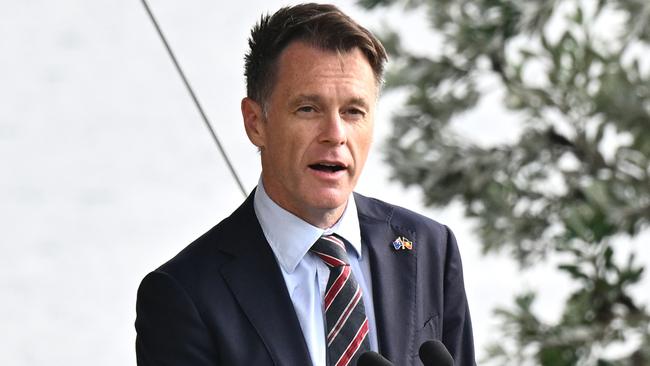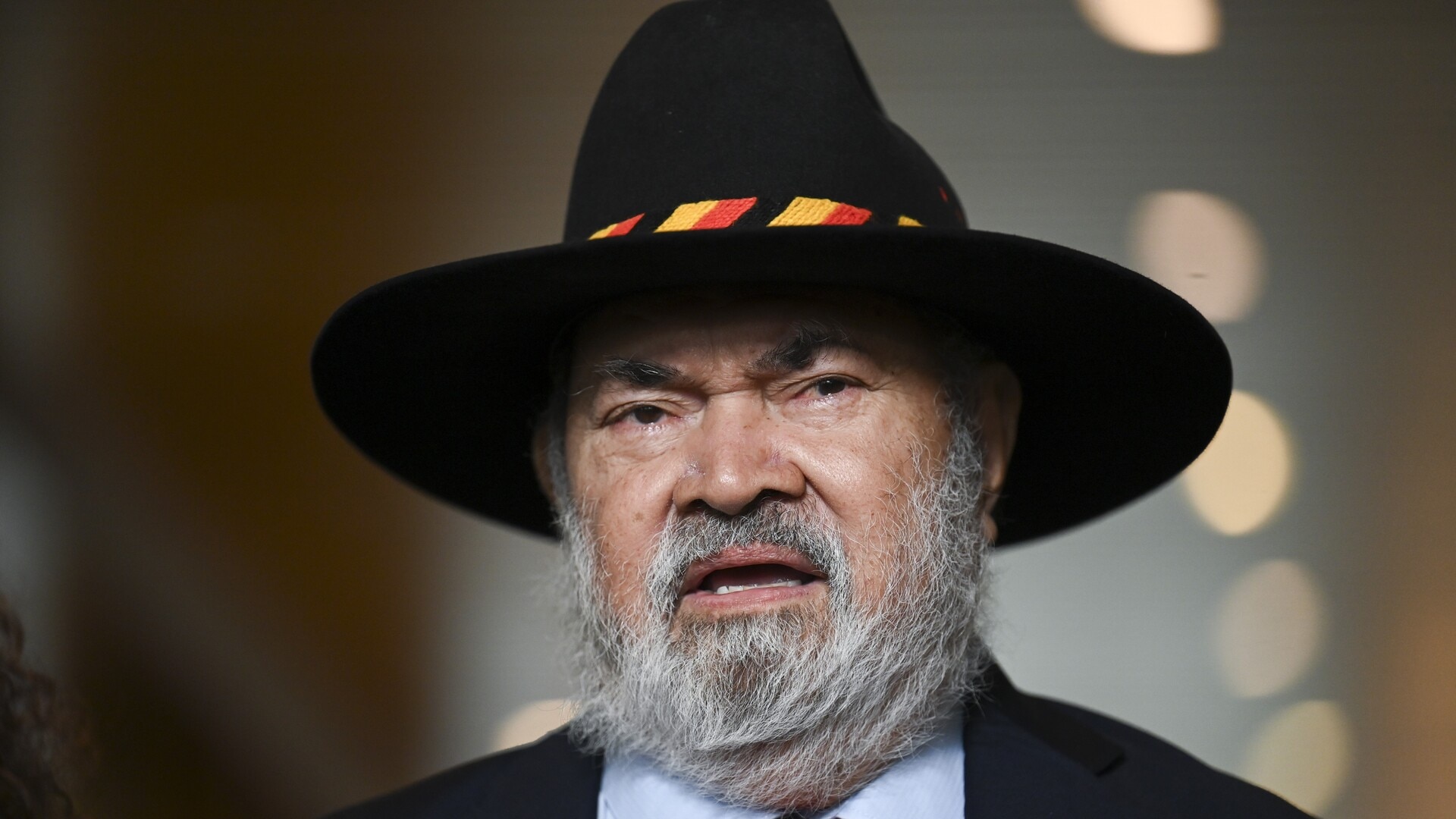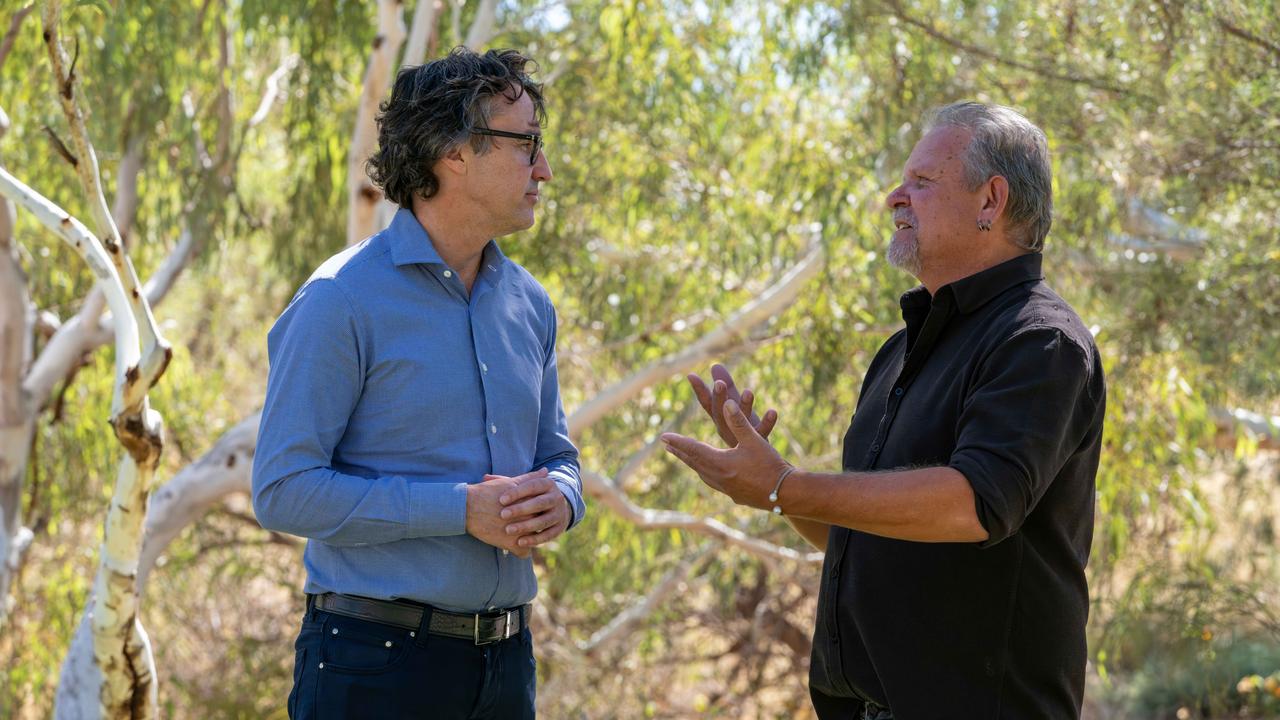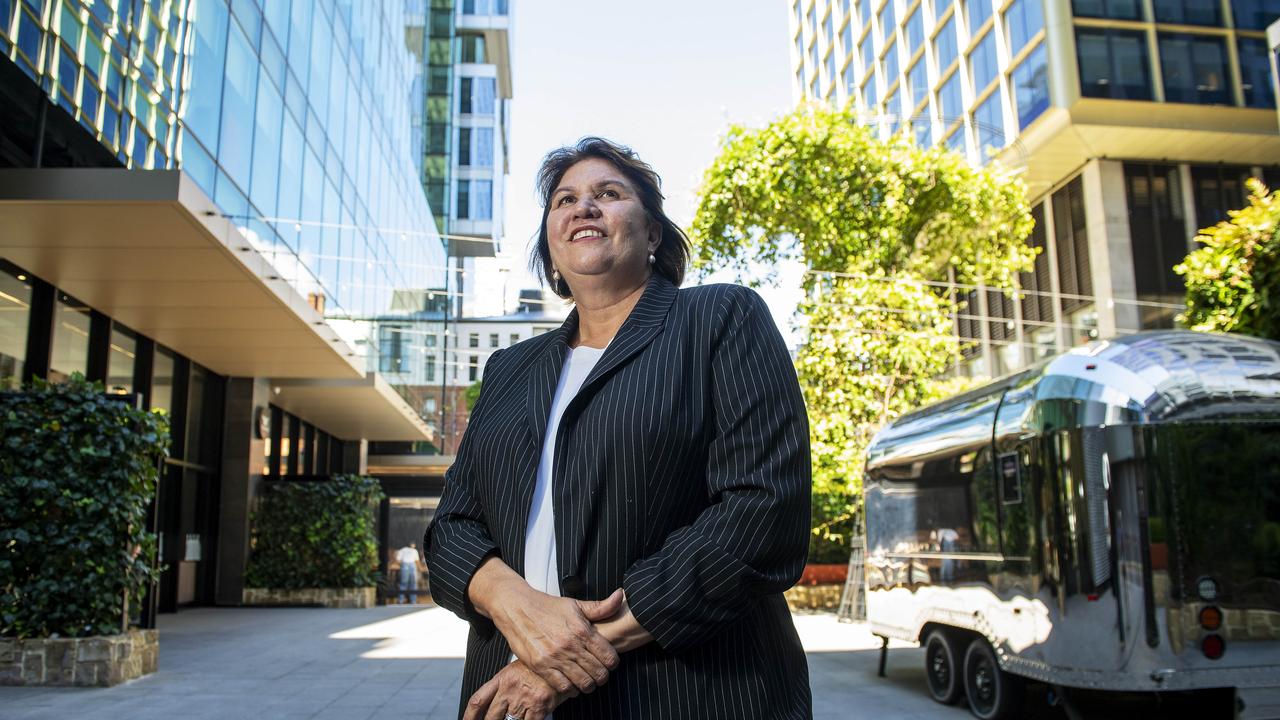Rift between NSW Premier and Indigenous coalition spells trouble for Closing the Gap
Closing the Gap is in trouble in NSW because of tensions between Premier Chris Minns’s department and a statewide coalition of Aboriginal organisations with which it is supposed to work closely.

Closing the Gap, the decade-long agreement to reduce Indigenous disadvantage, is in trouble in NSW because of tensions between Premier Chris Minns’s department and a statewide coalition of Aboriginal organisations with which it is supposed to work closely, according to an audit.
The NSW Auditor-General has examined the relationship between the Premier’s Department and NSW Coalition of Aboriginal Peak Organisations and found “fundamental” disagreement.
“This tension is not being managed effectively,” the report finds.
“(It) has significantly contributed to the parties’ inability to establish effective governance arrangements.”
The report highlights what some consider an unresolvable problem for the peak Indigenous bodies chosen to work on Closing the Gap – there is an expectation they will represent and advocate for Indigenous people while also being a government “partner”. In many cases, the bodies working with government on Closing the Gap are service providers relying on government for large portions of, if not all, their income.
“The Premier’s Department has expressed the view that the NSW Coalition of Aboriginal Peak Organisations has not always fully engaged with the NSW government as a genuine partner,” the report said.

“NSW Coalition of Peak Aboriginal Organisations has argued that the concept of partnership has sometimes been used to diminish its role as an independent advocate for Aboriginal people. Disagreement about this fundamental aspect of the governance of the national agreement has significantly contributed to the parties’ inability to establish effective governance arrangements.”
The report is the latest criticism of the Closing the Gap national agreement signed in 2020 by Scott Morrison, state, territory and local governments and the nationwide Coalition of Peaks, which now represents more than 80 Indigenous service providers, advocacy groups and other peak membership bodies.
Mr Morrison’s invitation to the Coalition of Peaks was the first time an entity outside government had been made a signatory to the Closing the Gap agreement. The intent was to create a partnership between government and Indigenous Australia, and he told parliament this new approach gave Indigenous communities “the right to take responsibility”. He said this iteration of Closing the Gap was about “local, practical action that’s driven by local leaders and local needs”.
While the aim of allowing Indigenous communities to share credit for successes and responsibility for failures was widely endorsed, there was concern those communities were not involved. Instead, the Closing the Gap agreement requires governments to partner with peak Indigenous bodies that represent Aboriginal medical services and other Aboriginal community-controlled organisations. Both sides of politics have acknowledged those Indigenous service providers often achieve excellent results. However, calls are growing for governments to broaden their gaze.
Coalition Indigenous affairs spokeswoman Kerrynne Liddle told the Australian some Indigenous community-controlled organisations did great work but it was a mistake to consult them on subjects outside their areas of expertise and experience.
For example, she was critical of the Albanese government for involving the Coalition of Peaks – which has a membership with many health service providers – in its Indigenous economic development policy. “A Prime Minister who was wanting to talk to the Coalition of Peaks to close the gap about economic development – really?” Senator Liddle said.
“Why don’t you go and talk to some of these (Indigenous) companies that have been really successful in setting themselves up. Not a government-subsidised organisation that’s representative of a whole lot of other organisations. Go and talk to a real business.”
Uluru Dialogue co-chairs Megan Davis and Pat Anderson said last month that Closing the Gap was flawed because governments were effectively consulting their own contractors.




To join the conversation, please log in. Don't have an account? Register
Join the conversation, you are commenting as Logout